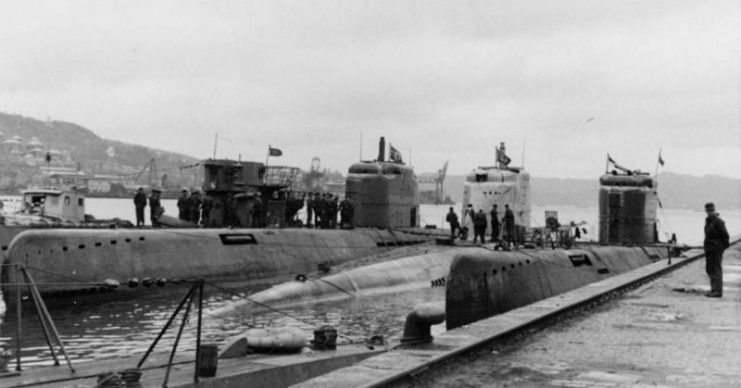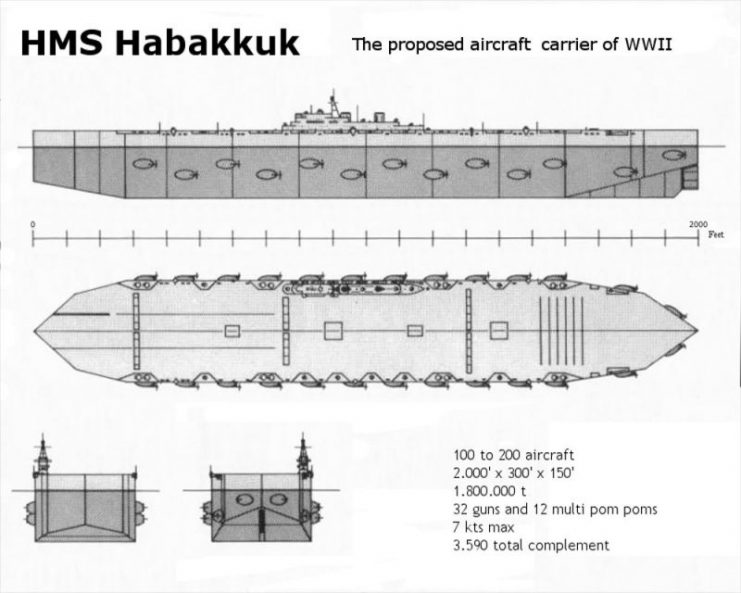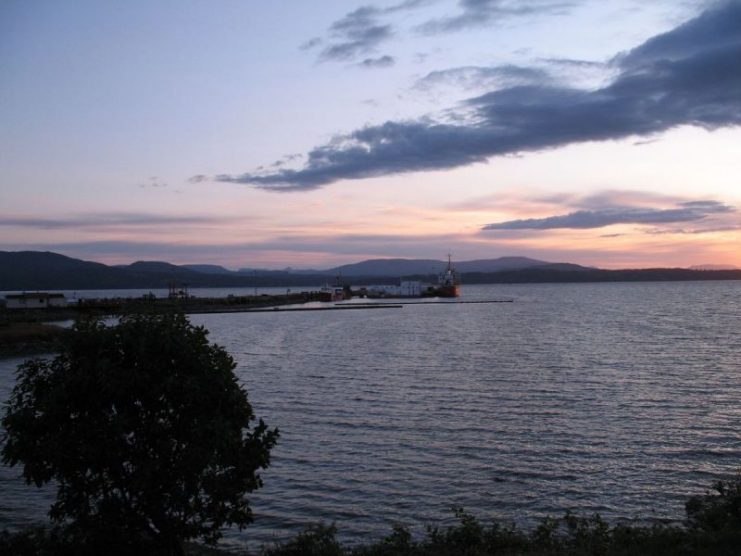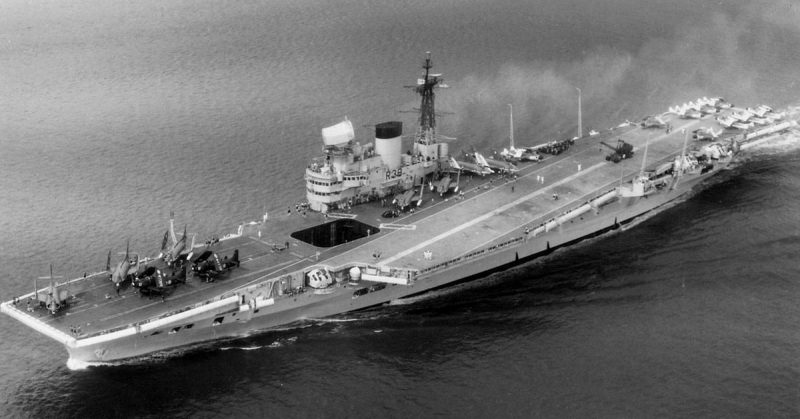The British needed help. The German U-boats were destroying the mighty British naval force. The worst affected area was a stretch of the Atlantic Ocean known as “U-boat Alley.” Here, out of range of Allied warplanes, the German subs could strike without fear.
Geoffrey Pyke had the solution. The scientist worked in the British War Office and was working on the issue of how to get the Allied planes closer to U-boat Alley. Steel was in short supply as were other building materials and finding a solution was proving elusive. Then, it hit him. Why not just grab a chunk of ice from the Arctic, tow it to U-boat Alley and then land planes on that?
At that time, it was thought that ice was nearly indestructible. The International Ice Patrol had been formed after the sinking of the Titanic. They were charged with destroying icebergs that might interfere with ships. They reported that it was very difficult to destroy an iceberg, even with torpedoes and incendiary bombs.

Churchill approved the plan and requested a prototype. Pyke named the project the HMS Habbakuk – misspelling the name of the Old Testament prophet who wrote: “be utterly amazed for I am going to do something in your days that you would not believe, even if you were told.”
Susan Langley, a professor at St. Mary’s College of Maryland, has researched the HMS Habbakuk operation. She says that one of the problems with Pyke’s plan was that 90% of an iceberg is underwater. In order to launch a plane, you need to be 50 feet above the water, but that means there would be 500 feet of the iceberg below the water’s surface, making it impossible to move.
The second problem with icebergs is that they tend to tip or roll when they melt – something that is undesirable when you are trying to land a plane on it.
The new plan was to have a hull of ice in the form of a traditional ship. This required a refrigeration system in order to keep the ice from melting.
The HMS Habbakuk was proposed to be 2,000 feet long and 200 feet wide – the biggest warship ever made. It would weigh over 2 million tons and be big enough to hold 300 aircraft. It would travel at 7 knots and be able to stand against 50-foot waves.

They now needed ice to build their prototype, so they turned to Canada. Specifically, in Alberta. Part of the appeal of the location was its proximity to a camp of conscientious objectors they thought could be used for the manpower needed to build the vessel.
In 1943, a 60-foot long prototype was built. It had wooden walls and floors, refrigeration pipes and a giant block of ice from the lake. Inside the block of ice was frozen a refrigeration unit.

The prototype worked, but by the middle of the year, the project was running out of steam. Langley says there were three factors that ultimately doomed the Habbakuk.
The first was the construction of an airbase in Iceland which meant that they no longer needed to figure out how to get planes closer to U-boat Alley.
The second was the development of newer, more advanced warplanes that could fly longer distances on patrols.
The third was the invention of the centimetric radar that made it easier for the Allies to track the German submarines.
These three developments meant that Pyke’s ship was made obsolete before they’d even finished building it. However, the idea had worked, if not at the scale that Churchill wanted and not as quickly as he needed.
By June of 1943, all testing on the Habbakuk was ended.
Once the refrigeration unit was removed from the vessel, it sank into the lake where it remains to this day – a testament to a crazy idea that almost came off.
